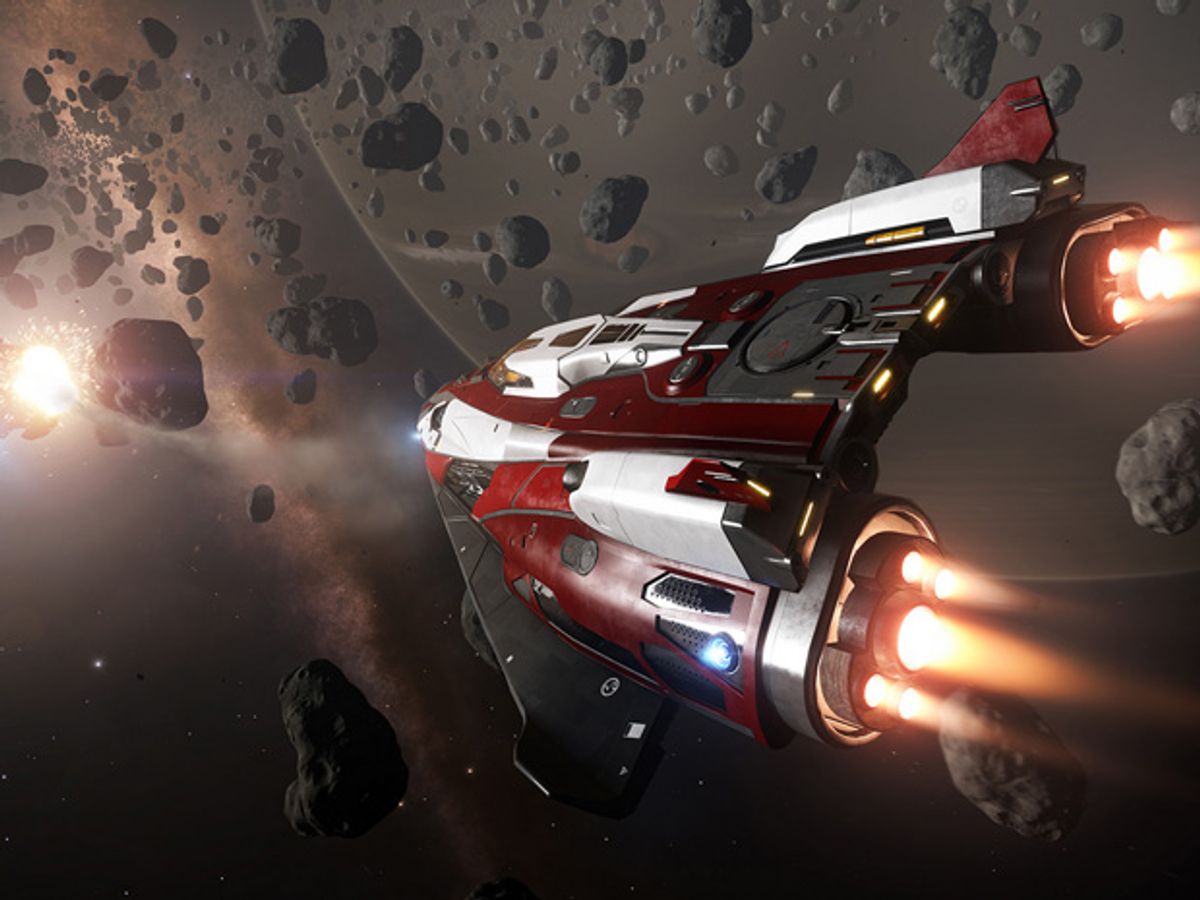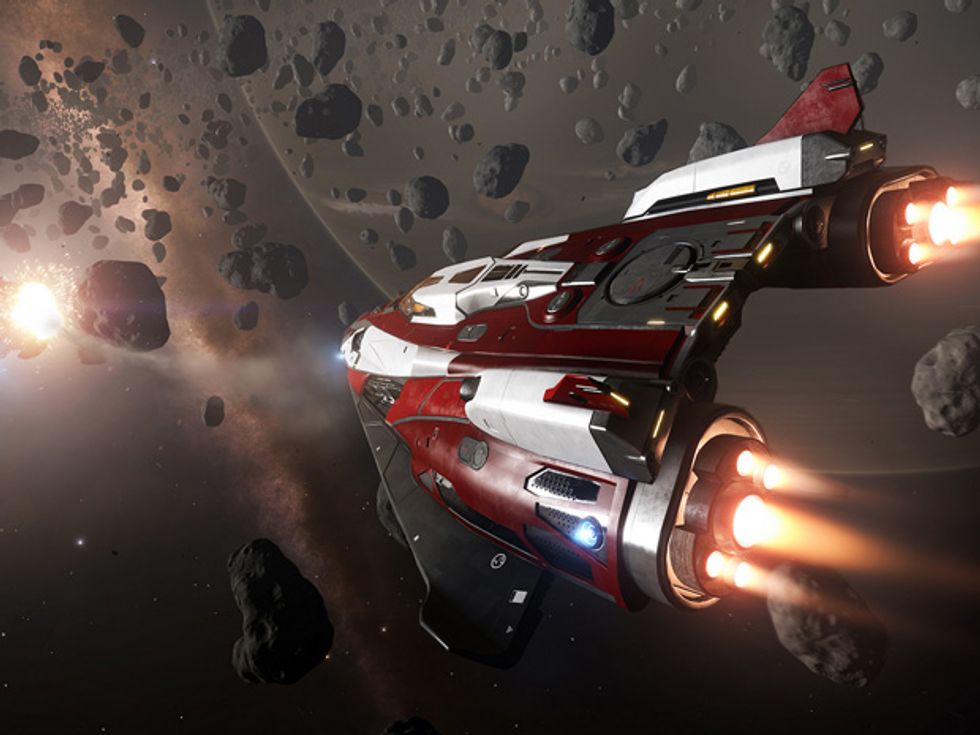
In the early days of video games, players often found themselves flying spaceships.
Titles like Asteroids, Defender, and Galaxian dominated arcades, while home systems saw big sales for games such as Cosmic Ark and Elite. But in the 1990s, the rise of first-person shooters and strategy games pushed spaceships into the background, although entries like the massively multiplayer game Eve Online kept the genre alive. Now, fortunately for would-be pilots, there are a number of new spaceship-based games available that have the added bonus of being particularly rewarding for those with a scientific or engineering bent.
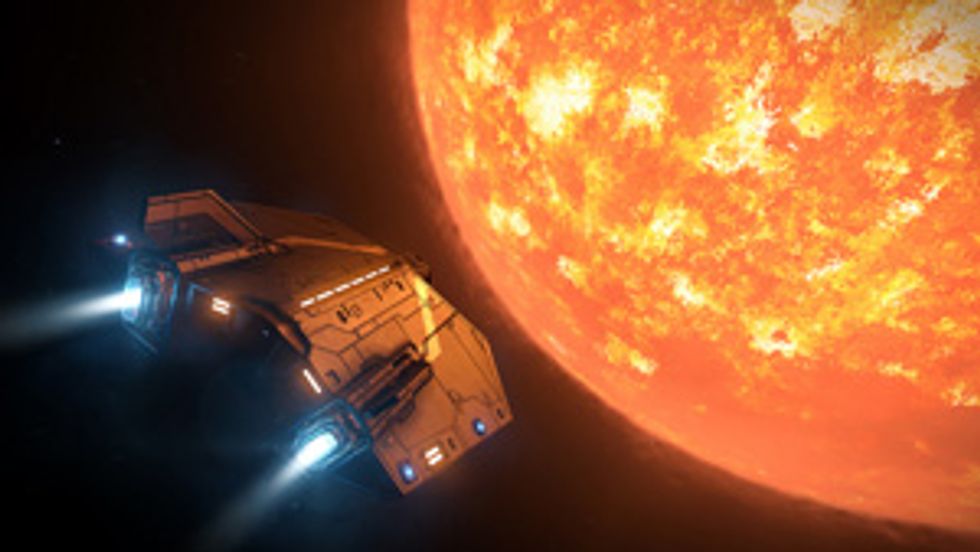
First up, there’s Elite: Dangerous. Released last December, this is a reboot of the Elite game series by one of its original creators and is available for PCs, Macs, and the Xbox for US $45. The original Elite was released in 1984, and pioneered vast procedurally generated environments and the kind of open-ended “sandbox” game play that’s now common in many modern titles. Players could fly from star system to star system, trading goods, mining asteroids, or engaging in space piracy as they accumulated cash to upgrade their spacecraft. Elite: Dangerous successfully retains most of the elements that made the original great, but now, rather than an arbitrary collection of fictional stars, players fly around a beautifully detailed representation of the Milky Way, based on real stellar data. (You also have the option of multiplayer action.) Want to visit the Orion Nebula, or gaze on the supermassive black hole at the center of the galaxy? No problem—assuming you survive the journey.
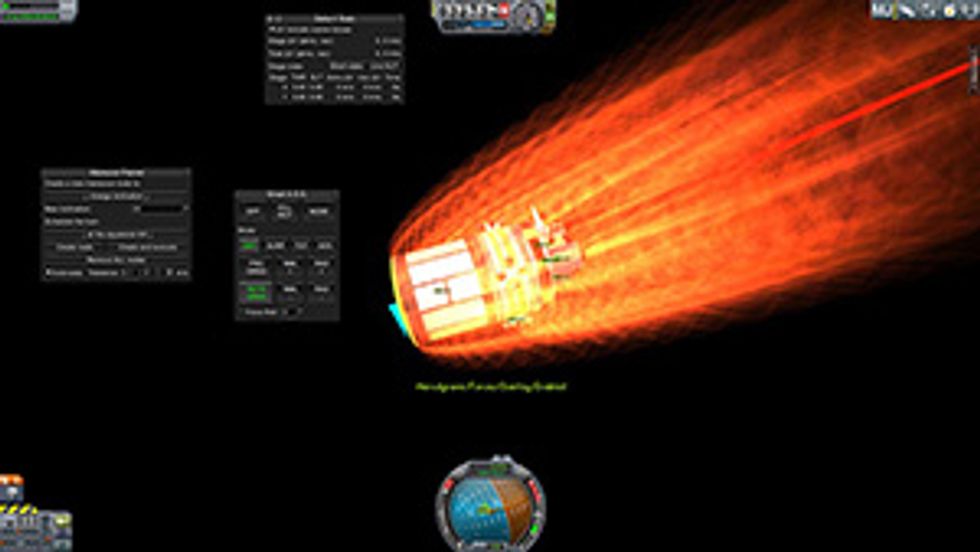
Next is Kerbal Space Program (KSP), a game that finally emerged from beta earlier this year after a lengthy gestation period and is available for PCs and Macs for $40. In KSP, you run the space program of Kerbin, a small planet populated by amiable green Kerbals. Starting with very simple rocket parts that can barely make orbit, your job is to design and assemble spacecraft to accomplish ever more elaborate missions. The Kerbals’ solar system has been set up to stack the odds in the player’s favor: For example, Kerbin’s small size means that escape velocity from the surface is only 3.4 kilometers per second, compared to 11 km/s for Earth. But all the orbital dynamics are played straight—players must learn how to come to grips with fuel-to-mass ratios and spacecraft power budgets, perform orbital plane changes, raise and lower their apoapsis and periapsis, and so on. It’s even possible to perform slingshot and aerobraking maneuvers.
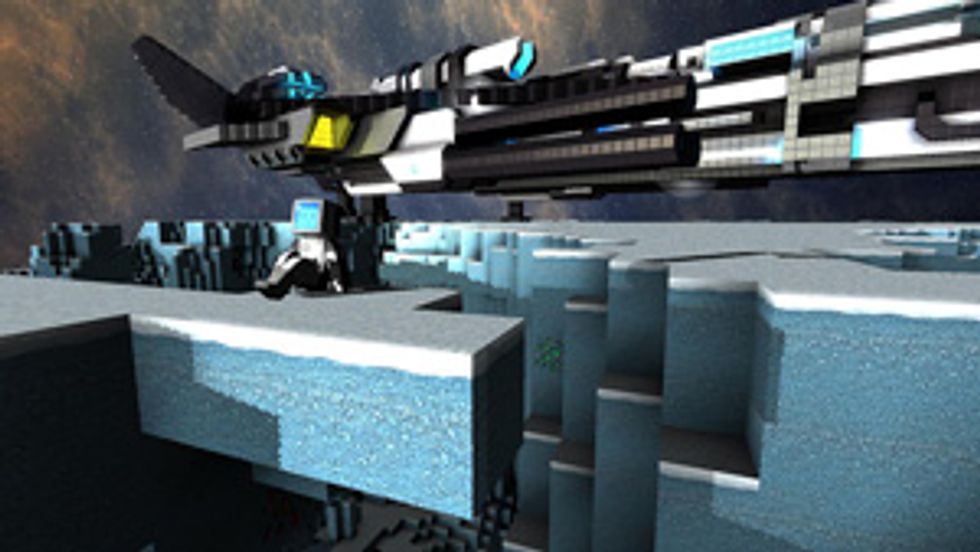
StarMade is the least developed of the games mentioned here. Currently free to play, it‘s at the alpha stage of development, and so has rough edges. Still, it has potential, and allows a huge range of spacecraft designs. Anyone familiar with the insanely popular Minecraftwill recognize StarMade’s blocky look and feel and its basic crafting concept. However, rather than mining minerals on a completely flat world to make medieval weapons or magical items, in StarMade the goal is to create bigger and better spacecraft in which to explore the universe. Raw materials mined from asteroids can be converted into components such as flight computers, thrusters, and reactor cores, and then assembled into huge vehicles.
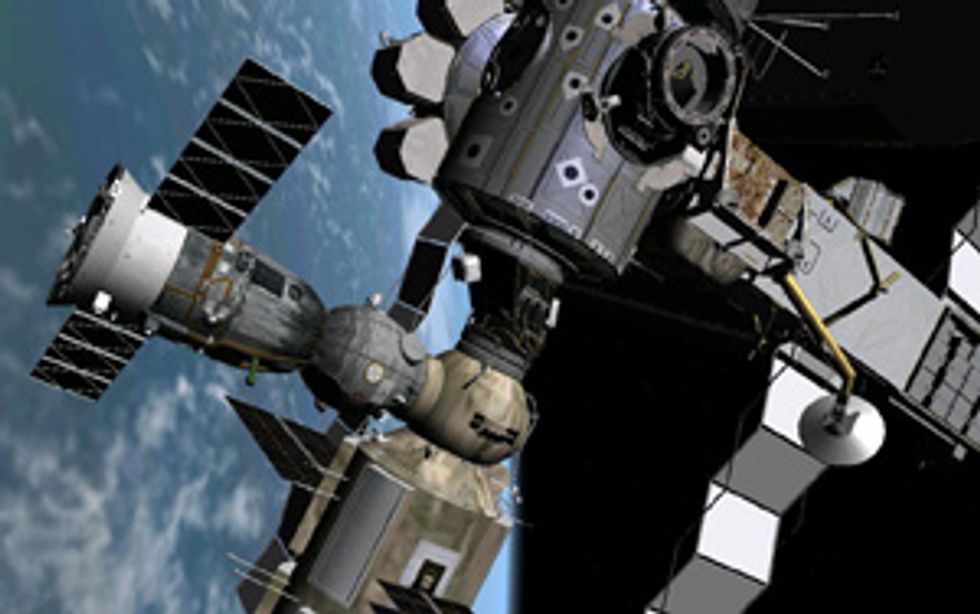
The last title I’ll mention here isn’t really a game, but rather crosses the line into pure simulation. Orbiter, which is free to play and available for PCs, tries to replicate as closely as possible the dynamics and engineering systems of real (and fictional) spacecraft amid a detailed representation of our solar system. Unlike in KSP, creating your own spacecraft isn’t for the casual player, but while KSP is played using a third-person perspective, Orbiterputs you right into the action in the pilot’s seat. (Longtime readers of IEEE Spectrum may remember that in 2013 I wrote a Hands On article about building a custom USB controller to aid with the faithfully duplicated difficulties of docking to the game’s simulated International Space Station.) It’s been about five years since the last official release ofOrbiter, but development continues and eager players can grab betas, the latest of which was released in September.
This article originally appeared in print as “Blastoff! Four games for armchair astronauts.”
